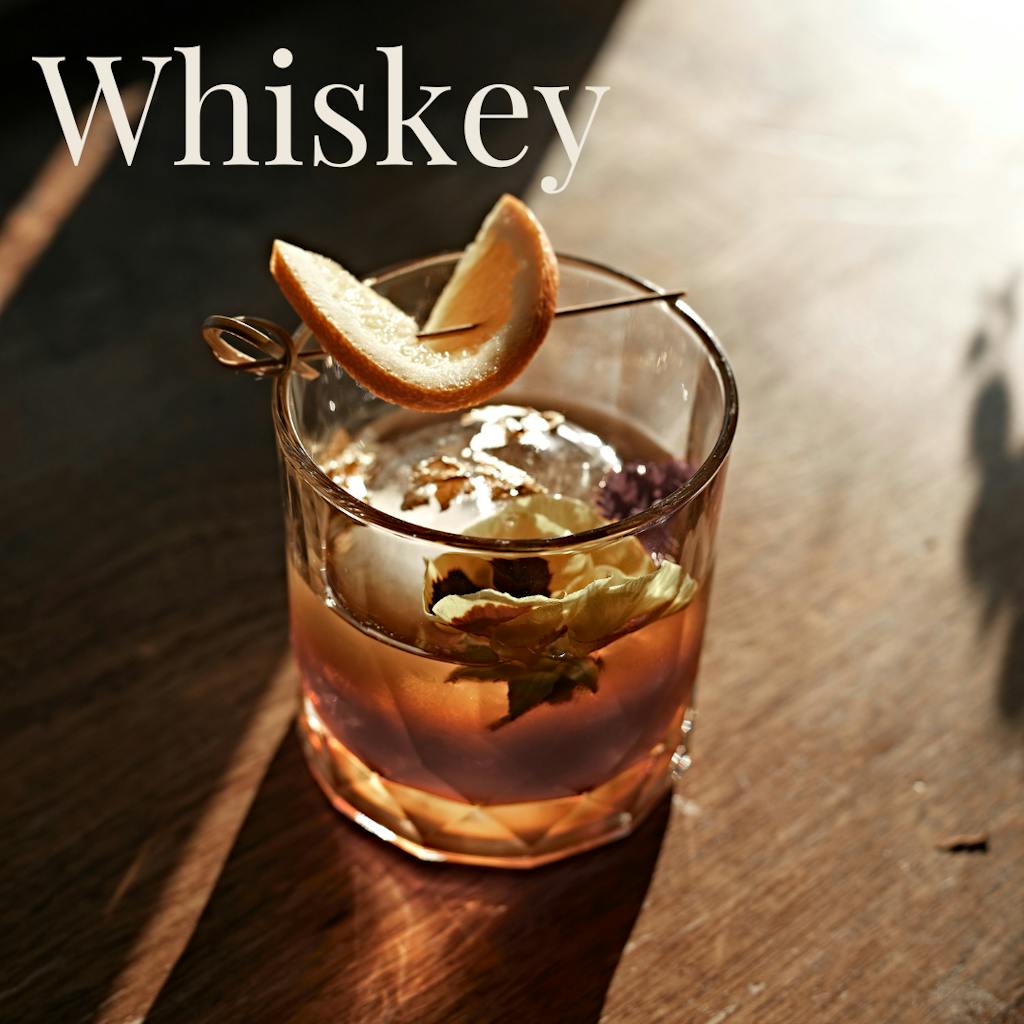Previous Post
St. Malachi Rum Cake
Next Post
The History of Scotch and American Single Malt Whisky

July 12, 2023
To sip whiskey is to take part in a historical voyage that embodies centuries of tradition, innovation, and refinement. Join me as we delve into the mesmerizing history of this cherished spirit.
The exact origin of distillation is unclear, with references traced back to ancient Babylon and Greece around 2000 B.C. But whiskey, as we know it, likely didn’t surface until much later.
The term ‘whiskey’ or ‘whisky’ comes from the Gaelic phrase ‘uisce beatha,’ meaning ‘water of life,’ illustrating its cultural importance. Around the 12th century, Irish monks likely introduced distillation to Ireland and Scotland. These rudimentary spirits were far from what we relish today, but the seeds were sown.
During the Middle Ages, whiskey was primarily used for medicinal purposes—both as an internal anesthetic and an external antibiotic. Distillation was largely an ecclesiastical endeavor, with monasteries at the heart of production due to their access to ingredients and understanding of the process.
The dissolution of the monasteries in the 16th century under King Henry VIII of England had a significant impact on whiskey. Monks, now secular and looking for income, applied their distillation knowledge outside the monasteries, kickstarting the widespread production of whiskey.
As the Irish and Scottish began emigrating to America in the 18th century, they brought their cherished ‘water of life’ with them. However, the New World’s corn was more abundant than the barley used in Ireland and Scotland, leading to the birth of an American original: bourbon.
The late 18th century saw the Whiskey Rebellion, a violent tax protest in the United States symbolizing the power and importance of this beloved spirit. Around the same time, the invention of the continuous still made mass production possible, cementing whiskey’s place in society.
The Volstead Act of 1919, leading to Prohibition, signaled dark times for American whiskey. The production, sale, and transport of alcoholic beverages were illegal, with a few exceptions, like the Walgreens pharmacy chain selling ‘medicinal whiskey.’ The ban, however, led to an explosion of illegal speakeasies and the rise of organized crime. Prohibition ended in 1933, but the whiskey industry took decades to recover.
The late 20th century and the turn of the 21st century have seen a whiskey renaissance. A renewed interest in craft and artisanal products has elevated whiskey to new heights. Japanese whiskey has taken the world by storm, while single malt Scotch has seen a surge in popularity. The whiskey industry is now a globally interconnected phenomenon, continually innovating while respecting its historical roots.
The history of whiskey is a testament to human ingenuity and cultural evolution. From monastic infirmaries to the speakeasies of the Roaring Twenties, from the green hills of Ireland to the bustling cities of Japan, every glass of whiskey embodies a piece of this rich and colorful history.
So, next time you pour yourself a measure of whiskey, remember the journey it took over the centuries. Savor its history and evolution.
Here’s a toast to whiskey – the water of life, the spirit of time, the essence of a historical saga!
